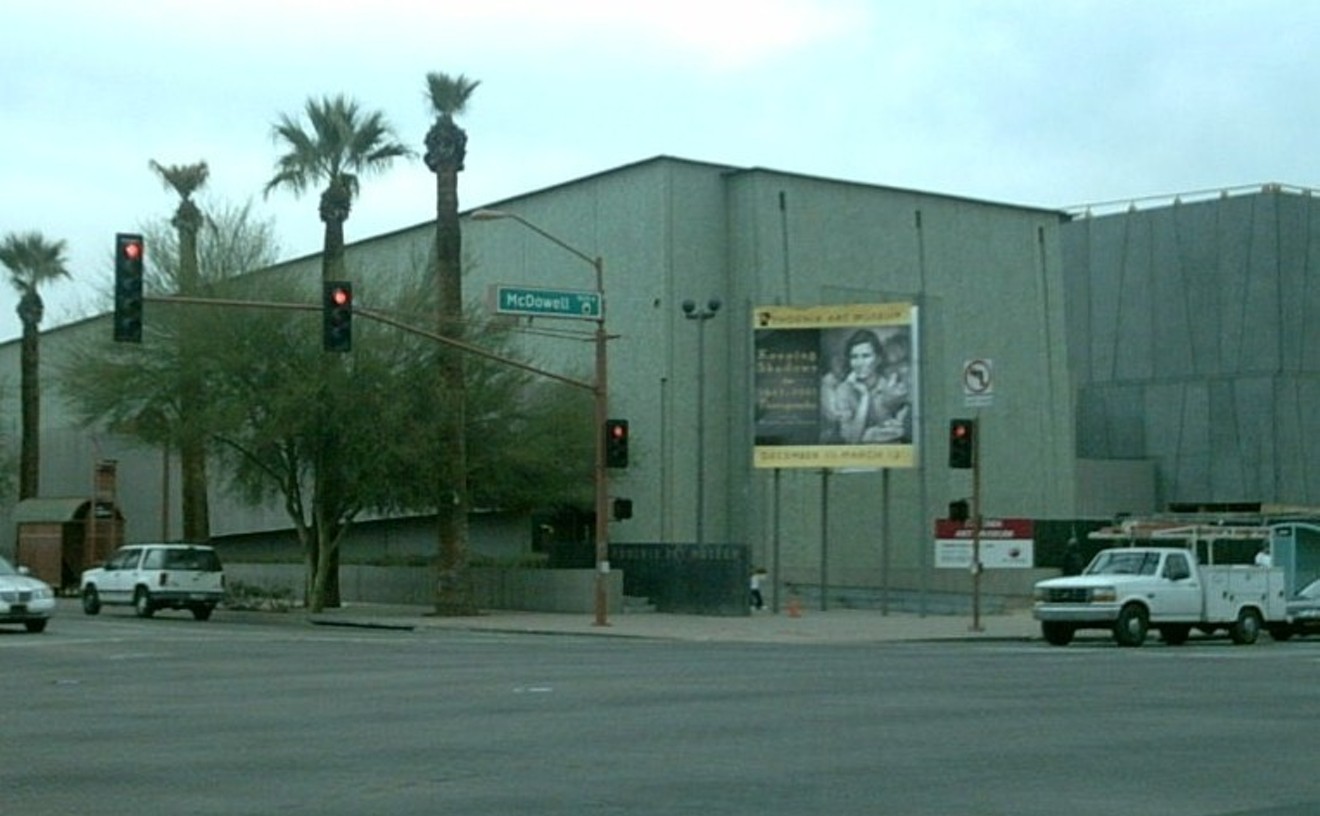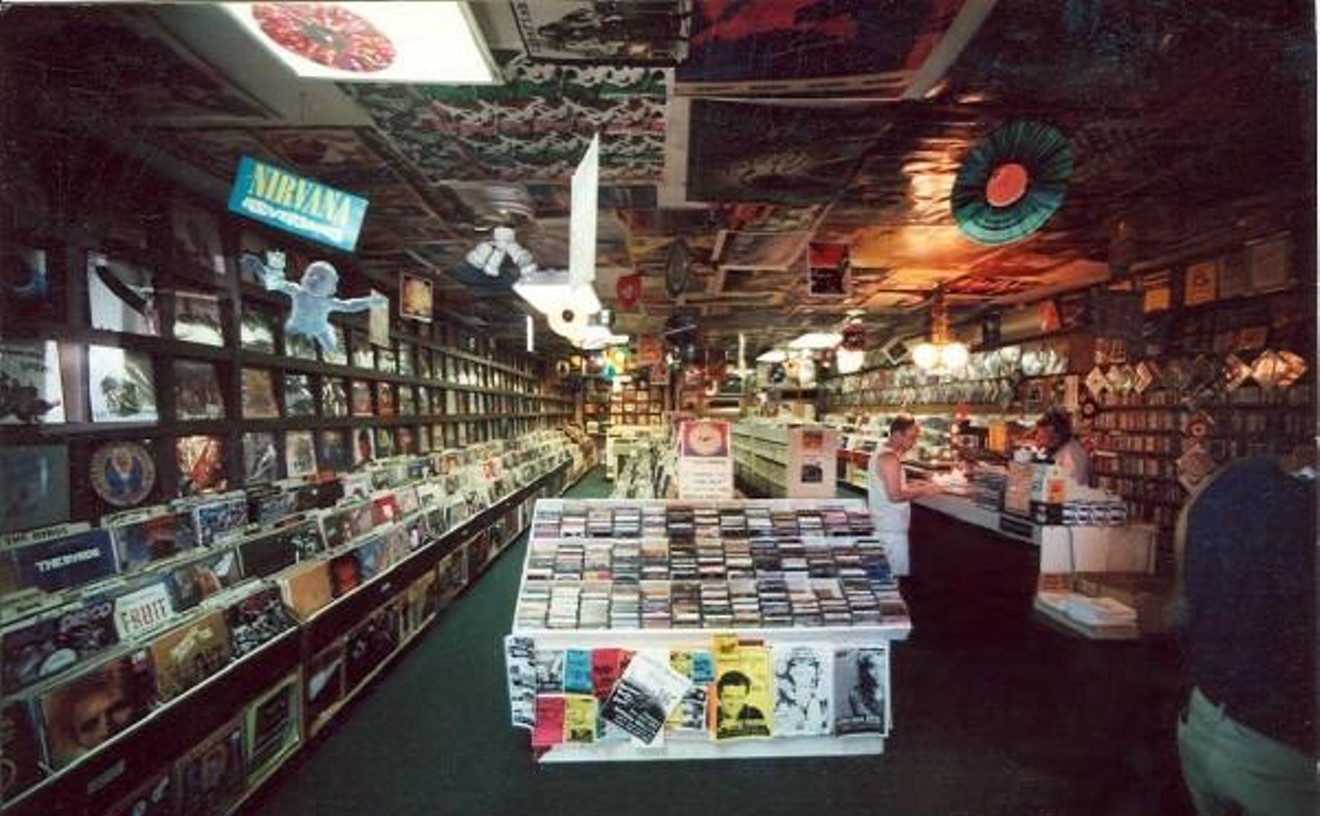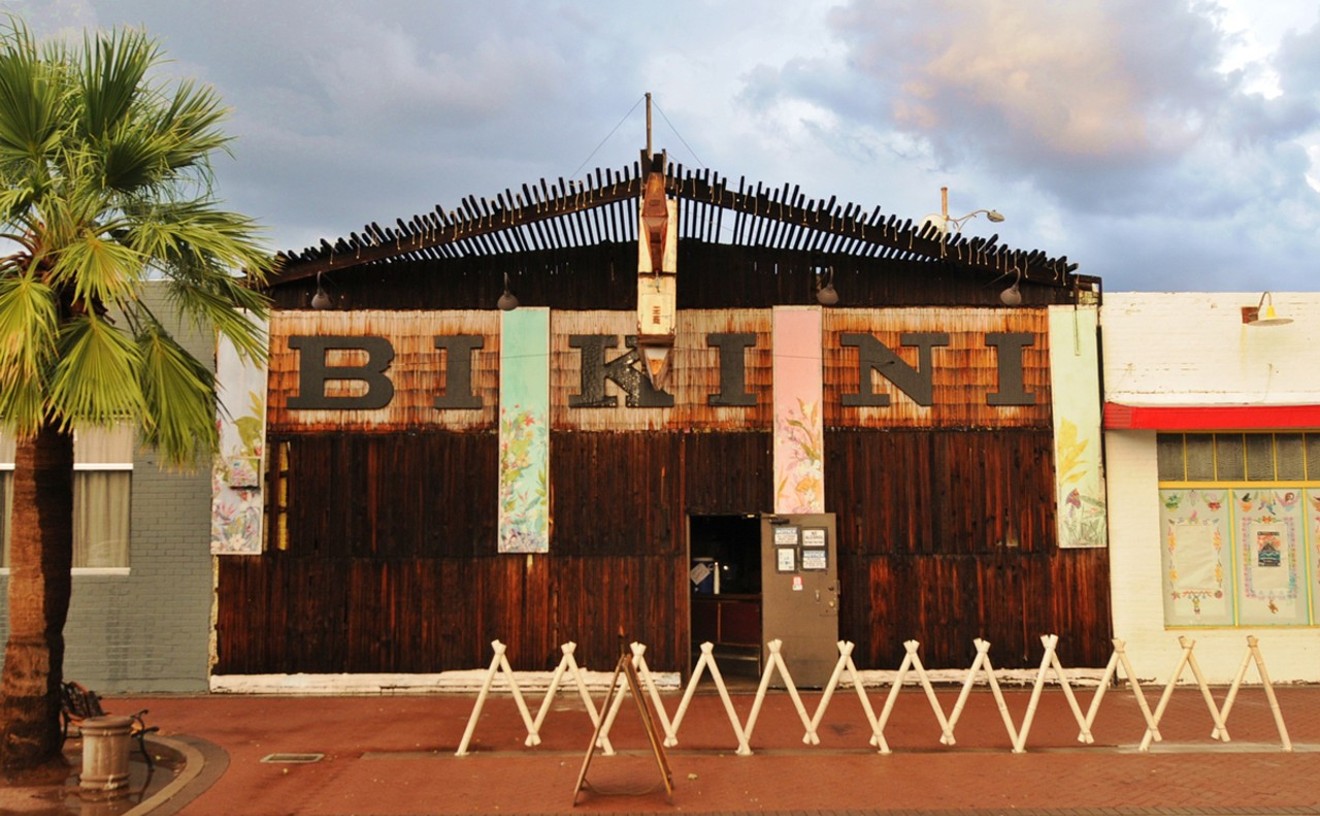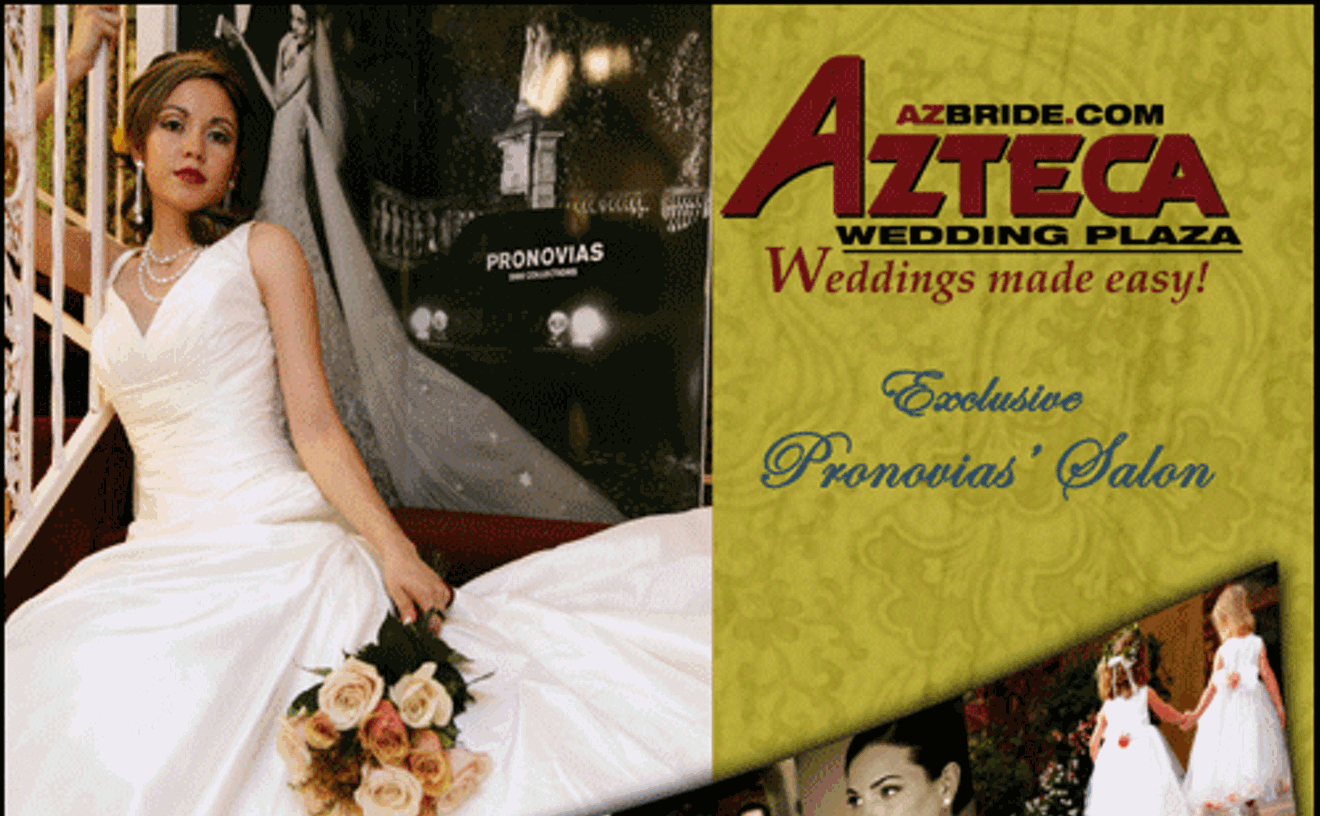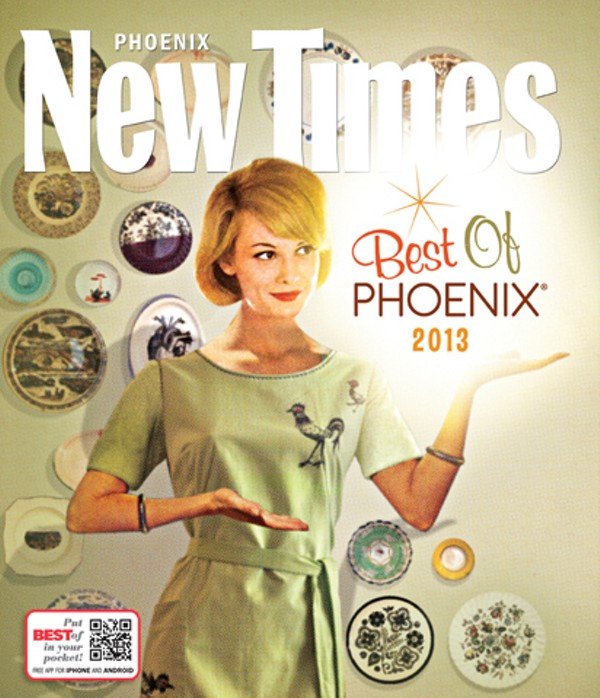From planting the seeds for an esteemed art museum in Phoenix to capturing the feel of a desert environment in a painting, the late Philip C. Curtis certainly left his creative mark on the city and the state.
Phoenix Art Museum is home to about 80 of Curtis' works. This collection ranges from some of his first paintings, done in New York in the 1930s and early 1940s, to some from the 1990s leading up to his death.
Take a video tour of Phoenix Art Museum's Philip C. Curtis collection here.
Curtis came to Phoenix in the late 1930s as part of the WPA. He was instrumental in setting up the Phoenix Art Center, then located in a vacant car dealership building on Seventh Street, which began to offer classes and bring in exhibitions.
Jim Ballinger, PAM director, Ballinger describes how the Phoenix Art Center slowly morphed into the Phoenix Art Museum because no real museum existed until then.
"Phil liked to say he was the first director of the Phoenix Art Museum," Ballinger says, "and in a way, it's true. It was the first formal space that we had, and you can see how it evolved."
Curtis grew up in Jackson, Michigan. The Victorian architecture of his youth, combined with the isolated desert environment in which he spent the latter part of his life, certainly appear over and over again in Curtis' art.
"The inspiration is where he was and where he came from, all wrapped together," Ballinger says.
The Philip C. Curtis gallery at PAM is simple. The orange, brown, and cream-colored walls complement the paintings, and Curtis is further connected to the gallery by the inclusion of wooden chairs based on a mini version he designed. Inside the gallery, nearly all the art is by Curtis himself. Other artists' work is included as points of reference.
According to Ballinger, almost all of Curtis' work is in some way inspired by Arizona. Isolated desert environments were a sure part of his life, and the influence and presence of such landscapes is undeniable.


